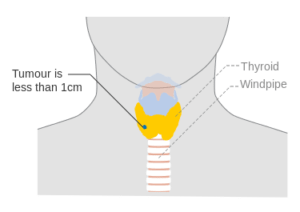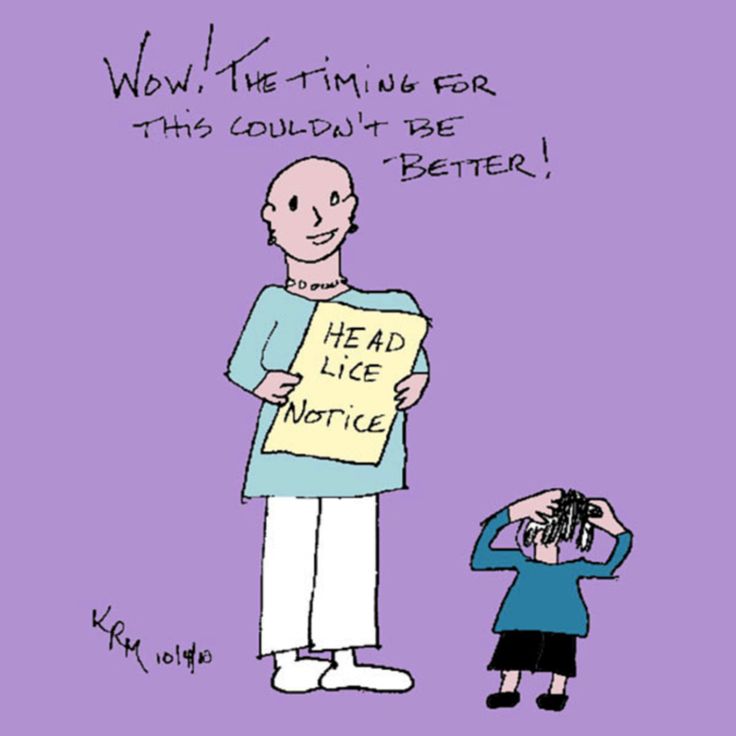“We have developed evidence-based recommendations to inform clinical decision-making in the management of thyroid nodules and differentiated thyroid cancer.”
Lumps in the front of your neck (see illustration) may be nodules in your thyroid which may or may not be a health problem for you. As the article below explains “thyroid nodules are common clinical problem.“ I have two friends in their 50’s that have been diagnosed with thy cancer. Bill is “actively surveilling” meaning that he does not want to risk overtreating his thyroid cancer and Mary regrets having a thyroidectomy (thyroid removal) and feels that she overtreated her thyroid cancer.
I am both a cancer survivor and cancer coach. I work with cancer patients and survivors to make sense of the complicated world of their cancer diagnosis. Both conventional therapies (FDA approved) and evidence-based non-conventional therapies should be researched and an option in your thinking.
Have you been diagnosed with TC? Do you have nodules (lumps) in your thryoid? Please scroll down the page, post a question or comment and I will reply to you ASAP.
Thank you,
David Emerson
- Cancer Survivor
- Cancer Coach
- Director PeopleBeatingCancer
Recommended Reading:

Globally as of 2015 3.2 million people have TC.
[5] In 2012, 298,000 new cases occurred.
[10] It most commonly occurs between the ages of 35 and 65.
[4] Women are affected more often than men.
[4] Those of
Asian descent are more commonly affected.
[3] Rates have increased in the last few decades which is believed to be due to better detection.
[10] In 2015 it resulted in 31,900 deaths…
[6] Classification-Thyroid cancers can be classified according to their histopathological characteristics.[4][5] The following variants can be distinguished (distribution over various subtypes may show regional variation):
- Papillary TC (75% to 85% of cases [6]) – often in young females – excellent prognosis
- Follicular TC (10% to 20% of cases [6])
- Medullary TC (5%[6] to 8% of cases)- cancer of the parafollicular cells, part of MEN-2.[7]
- Anaplastic TC (Less than 5%[6]). It is not responsive to treatment and can cause pressure symptoms.
Others:
- Lymphoma
- Squamous cell carcinoma, sarcoma
- The follicular and papillary types together can be classified as “differentiated thyroid cancer”.[8] These types have a more favorable prognosis than the medullary and undifferentiated types.[9]
“Background-Thy nodules are a common clinical problem, and differentiated thy cancer is becoming increasingly prevalent. Since the American Thy Association’s (ATA’s) guidelines for the management of these disorders were revised in 2009, significant scientific advances have occurred in the field. The aim of these guidelines is to inform clinicians, patients, researchers, and health policy makers on published evidence relating to the diagnosis and management of thyroid nodules and differentiated thyroid cancer…
Results- The revised guidelines for the management of thyroid nodules include recommendations regarding initial evaluation, clinical and ultrasound criteria for fine-needle aspiration biopsy, interpretation of fine-needle aspiration biopsy results, use of molecular markers, and management of benign thy nodules…
Conclusion-We have developed evidence-based recommendations to inform clinical decision-making in the management of thy nodules and differentiated thy cancer. They represent, in our opinion, contemporary optimal care for patients with these disorders.”
APPIP ERROR: amazonproducts[
AccessDeniedAwsUsers|The Access Key Id AKIAJAJ37JVNL7OUU4CA is not enabled for accessing this version of Product Advertising API. Please migrate your credentials as referred here https://webservices.amazon.com/paapi5/documentation/migrating-your-product-advertising-api-account-from-your-aws-account.html.
]

